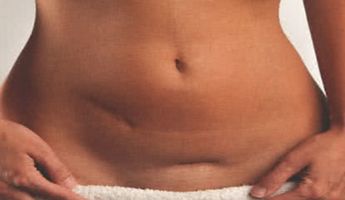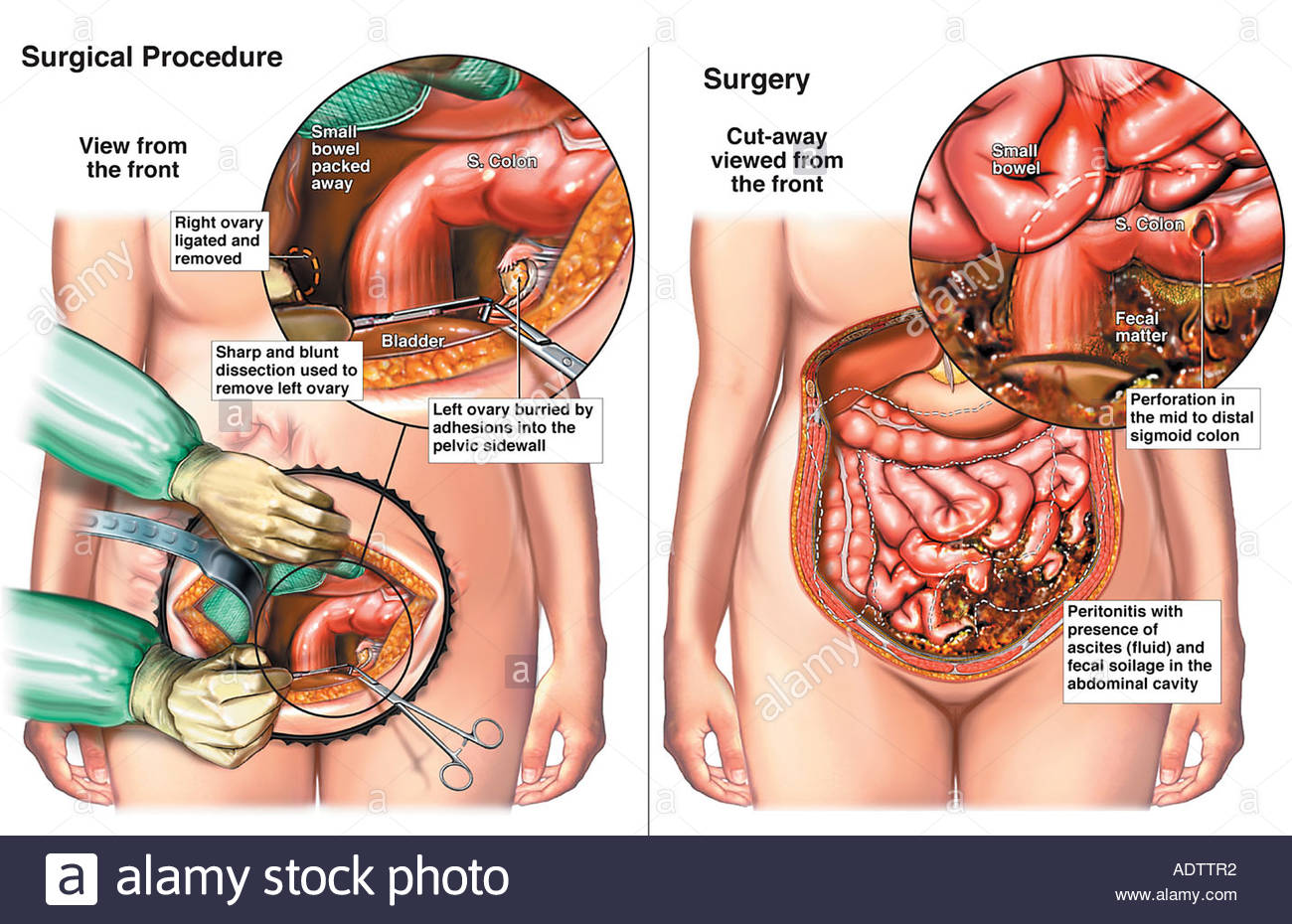Oophorectomy in Higashicho
Search and Compare the Best Clinics and Doctors at the Lowest Prices for Oophorectomy in Higashicho

Find the best clinics for Oophorectomy in Higashicho
No pricing info available
Ukraine offers the best prices Worldwide
Price: $ 714
From 94 verified reviews
Hisanori Kakuma, 16 September 2020
Thank you for all the help you have given me
WHY US?
At Medijump, we're making medical easy. You can search, compare, discuss, and book your medical all in one place. We open the door to the best medical providers worldwide, saving you time and energy along the way, and it's all for FREE, no hidden fees, and no price markups guaranteed. So what are you waiting for?

Free

Best Price

Widest Selection

Risk-Free
What you need to know about Oophorectomy in Higashicho

Oophorectomy also referred to as ovariectomy, is a surgical procedure to remove one or both of a woman’s ovaries – the almond-shaped organs located on each side of the uterus that produces ovum (egg cells). It is often performed to prevent or treat certain medical conditions, such as ovarian torsion, endometriosis, non-cancerous ovarian tumor, and ovarian cancer.
What does a Oophorectomy Procedure Involve?
A general anesthetic is used during oophorectomy and the procedure can be performed in two different ways: laparotomy or laparoscopy. With laparotomy, your surgeon will make a single large incision in your lower abdomen to gain access to your ovaries. Then, your surgeon removes the ovary by separating each ovary from the blood supply and tissue that surrounds it. With a laparoscopy, your surgeon makes three small incisions in your abdomen to insert a small surgical tool and laparoscope (a small, flexible tube with a tiny camera and a light on its end). The surgeon separates each ovary from the blood supply and the surrounding tissue and places it into a pouch. The pouch is then pulled out of your abdomen through the small incision.
How Long Should I Stay in Higashicho for a Oophorectomy Procedure?
If you have a laparoscopy, you only have to stay in the hospital for a day. If you have laparotomy, expect to stay in the hospital for 2 or more days. However, you will need to stay in Higashicho a bit longer, at least around 7 to 14 days for the initial recovery, follow-up checkups, and for the removal of the stitches.
What's the Recovery Time for Oophorectomy Procedures in Higashicho?
You may be able to return to your normal routine and go back to work within 2 to 3 weeks after oophorectomy with laparoscopy. If you undergo laparotomy, you may need six weeks until you can resume your full normal activities.
What sort of Aftercare is Required for Oophorectomy Procedures in Higashicho?
You will need to refrain from sexual intercourse for a few weeks and also avoid heavy lifting and exercise during the recovery period, but make sure to get up and about as soon as you can. You may need to make dietary changes and avoid using tampons.
What's the Success Rate of Oophorectomy Procedures in Higashicho?
Oophorectomy has a high success rate of 97.5%. However, there are some side effects, complications, and risks you need to be aware of before the procedure, such as hot flashes and vaginal dryness (menopause symptoms), memory problems, decreased sex drive, heart disease, depression, anxiety, and osteoporosis.
Are there Alternatives to Oophorectomy Procedures in Higashicho?
The alternative to oophorectomy depends on what medical condition you need the procedure for. If you have endometriosis, your alternative is hormone therapy. Hysterectomy can also be an alternative to this procedure.
What Should You Expect Before and After the Procedure
Before an oophorectomy, you may be at risk of ovarian and risk cancer. After the surgery, your risk will be greatly reduced. If the procedure is performed to treat a specific condition, you will no longer experience the symptoms of the condition.
Whilst the information presented here has been accurately sourced and verified by a medical professional for its accuracy, it is still advised to consult with your doctor before pursuing a medical treatment at one of the listed medical providers
No Time?
Tell us what you're looking for and we'll reachout to the top clinics all at once
Enquire Now

Popular Procedures in Higashicho
Prices Start From $500

Prices Start From $260

Prices Start From $714

Prices Start From $714

Recommended Medical Centers in Higashicho for Oophorectomy

- Interpreter services
- Translation service
- Religious facilities
- Medical records transfer
- Medical travel insurance
- Health insurance coordination
- TV in the room
- Safe in the room
- Phone in the room
- Private rooms for patients available

- Interpreter services
- Translation service
- Religious facilities
- Medical records transfer
- Medical travel insurance
- Health insurance coordination
- TV in the room
- Safe in the room
- Phone in the room
- Private rooms for patients available

- Interpreter services
- Translation service
- Religious facilities
- Medical records transfer
- Medical travel insurance
- Health insurance coordination
- TV in the room
- Safe in the room
- Phone in the room
- Private rooms for patients available

- Interpreter services
- Translation service
- Religious facilities
- Medical records transfer
- Medical travel insurance
- Health insurance coordination
- TV in the room
- Safe in the room
- Phone in the room
- Private rooms for patients available

- Interpreter services
- Translation service
- Religious facilities
- Medical records transfer
- Medical travel insurance
- Health insurance coordination
- TV in the room
- Safe in the room
- Phone in the room
- Private rooms for patients available

- Interpreter services
- Translation service
- Religious facilities
- Medical records transfer
- Medical travel insurance
- Health insurance coordination
- TV in the room
- Safe in the room
- Phone in the room
- Private rooms for patients available

- Interpreter services
- Translation service
- Religious facilities
- Medical records transfer
- Medical travel insurance
- Health insurance coordination
- TV in the room
- Safe in the room
- Phone in the room
- Private rooms for patients available

- Interpreter services
- Translation service
- Religious facilities
- Medical records transfer
- Medical travel insurance
- Health insurance coordination
- TV in the room
- Safe in the room
- Phone in the room
- Private rooms for patients available
Oophorectomy in and around Higashicho
About Higashicho
Higashicho is an area in Koganei, a city located in the western part of Tokyo, Japan. Due to its ease of access to Tokyo and more affordable prices, Higashicho is frequented by tourists who wish to stay in a quiet and affordable accommodation than the ones in the center of Tokyo. Today, the area is also frequented by medical tourists looking for high-quality treatments in Japan. The clinics and hospitals in this area are known to have top quality services, reasonably priced treatments, state-of-the-art medical technology, as well as well-trained and licensed medical professionals.
Popular Parts of Higashicho
The most popular attraction near Higashicho is Koganei Park, which is a huge park with many different attractions. The park has free outdoor basketball courts, baseball fields, and tennis courts. It also has large open areas, perfect for those who want to go picnic or throw Frisbees. You can also find barbeque pits for rent. The park is also a good spot for plum blossom viewing in February and cherry blossom viewing in March. In fact, it is listed in the top 100 cherry blossom spots in Japan.
The park is also home to Edo-Tokyo Open Air Architectural Museum, a museum of historic Japanese buildings. This museum is a branch of the Edo-Tokyo Museum in Ryōgoku, Tokyo. The museum includes numerous buildings, from the middle-class ordinary Japanese houses to the homes of the powerful and wealthy, such as the residence of Takahashi Korekiyo, Japan’s former prime minister. In this museum, visitors can enter and explore various traditional Japanese buildings of different periods, styles, and purposes.
Transport in Higashicho
Since there is no international airport in Higashicho and Koganei, most international tourists arrive at the Narita International Airport. This airport serves domestic and international flights to numerous cities around the world.
Visas in Higashicho
Holders of passports issued by 66 countries, including all EU countries, Australia, the US, and the UAE, can visit and stay in Japan without a visa for up to 90 days. Most other countries not listed in the visa-free policy need to obtain a visa prior to arrival. Budget airlines, including Jetstar Japan, operates flights from this airport. Medical tourists can arrive in Koganei by train by taking the JR Chuo Line from Shinjuku west from thirty minutes, then take a taxi or bus to Higashicho.
Weather in Higashicho
Higashicho has four seasons. The summer (June to August) is hot and humid, with a lot of rainfall. Autumn (September to November) has mild weather with less humidity. November is the peak typhoon season. Winter (December to February) is dry, sunny, and cold, but the temperature rarely drops below 0°C. Spring (March to May) has pleasant weather and clear skies.
Additional Info
- Local Currency: Japanese Yen (JPY) is the local currency. 1 USD is approx. 106 JPY.
- Money & Payments: ATMs can be found around the area. Credit cards are not always accepted, so always bring cash with you. Tipping is not mandatory.
- Local Language: Japanese is the official language. English is not widely spoken, except in tourist areas.
- Local Culture and Religion: The main religion in the area is Shintoism and Buddhism. There is also a small group of Christian.
- Public Holidays: Emperor’s Birthday, Children’s Day, and Constitution Memorial Day are some of the public holidays celebrated in Higashicho.
Popular Searches
- Plastic Surgery in Thailand
- Dental Implants in Thailand
- Hair Transplant in Thailand
- Breast Augmentation Thailand
- Gastric Sleeve in Thailand
- Gender Reassignment Surgery in Thailand
- Laser Hair Removal in Bangkok
- Botox in Bangkok
- Dermatology in Bangkok
- Breast Augmentation in Bangkok
- Coolsculpting in Bangkok
- Veneers in Turkey
- Hair Transplant in Turkey
- Rhinoplasty in Turkey
- Stem Cell Therapy in Mexico
- Rhinoplasty in Mexico
- Liposuction in Mexico
- Coolsculpting in Tijuana
- Rhinoplasty in Korea
- Scar Removal in Korea
- Gastric Sleeve in Turkey
- Bone Marrow Transplant in India
- Invisalign in Malaysia
- Plastic Surgery in the Dominican Republic
- Tummy Tuck in the Dominican Republic
- Plastic and Cosmetic Surgery in Poland
- Rhinoplasty in Poland
- Hair Implant in Poland
- Dental Implants in Poland
- IVF in Turkey
